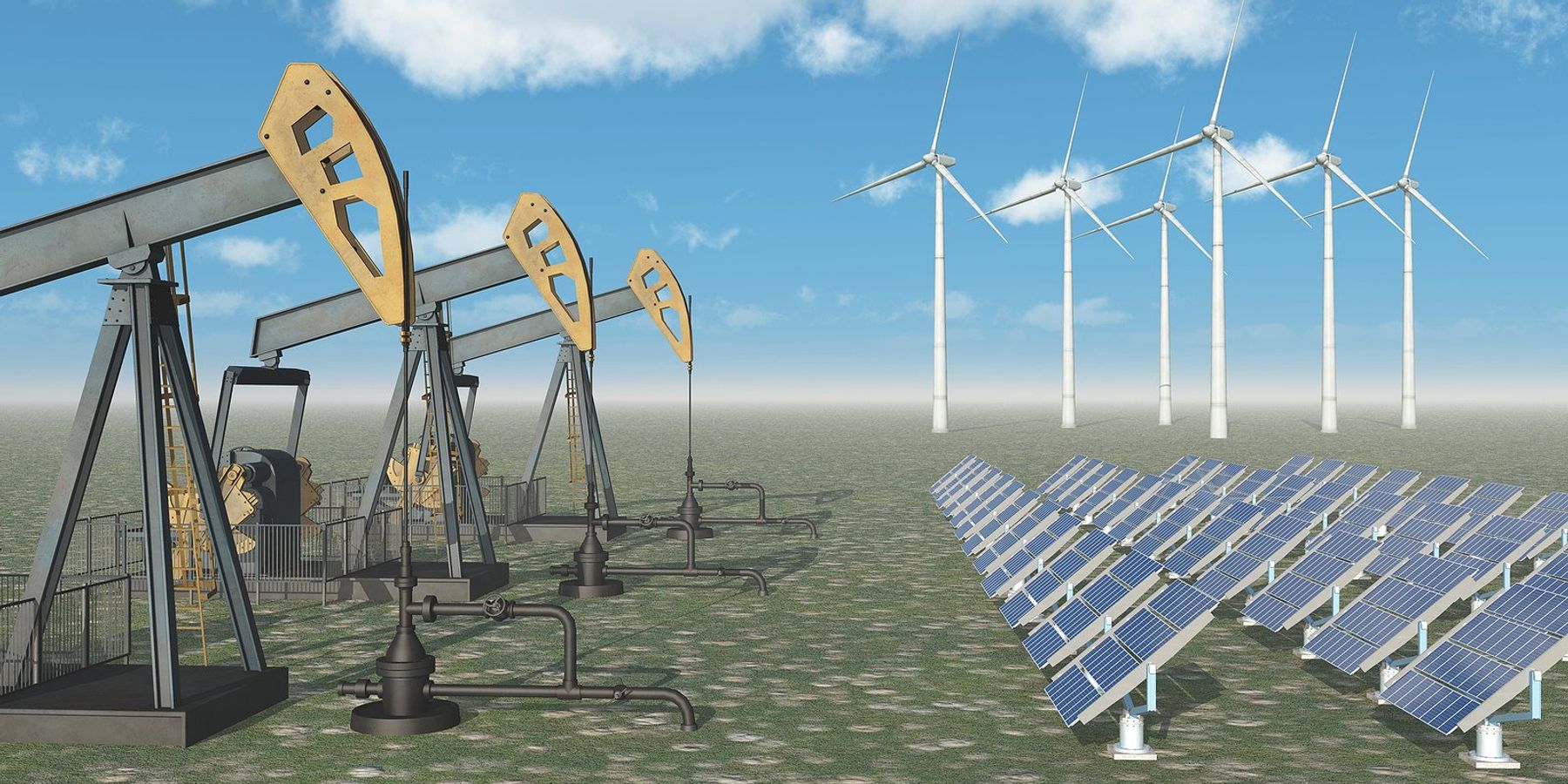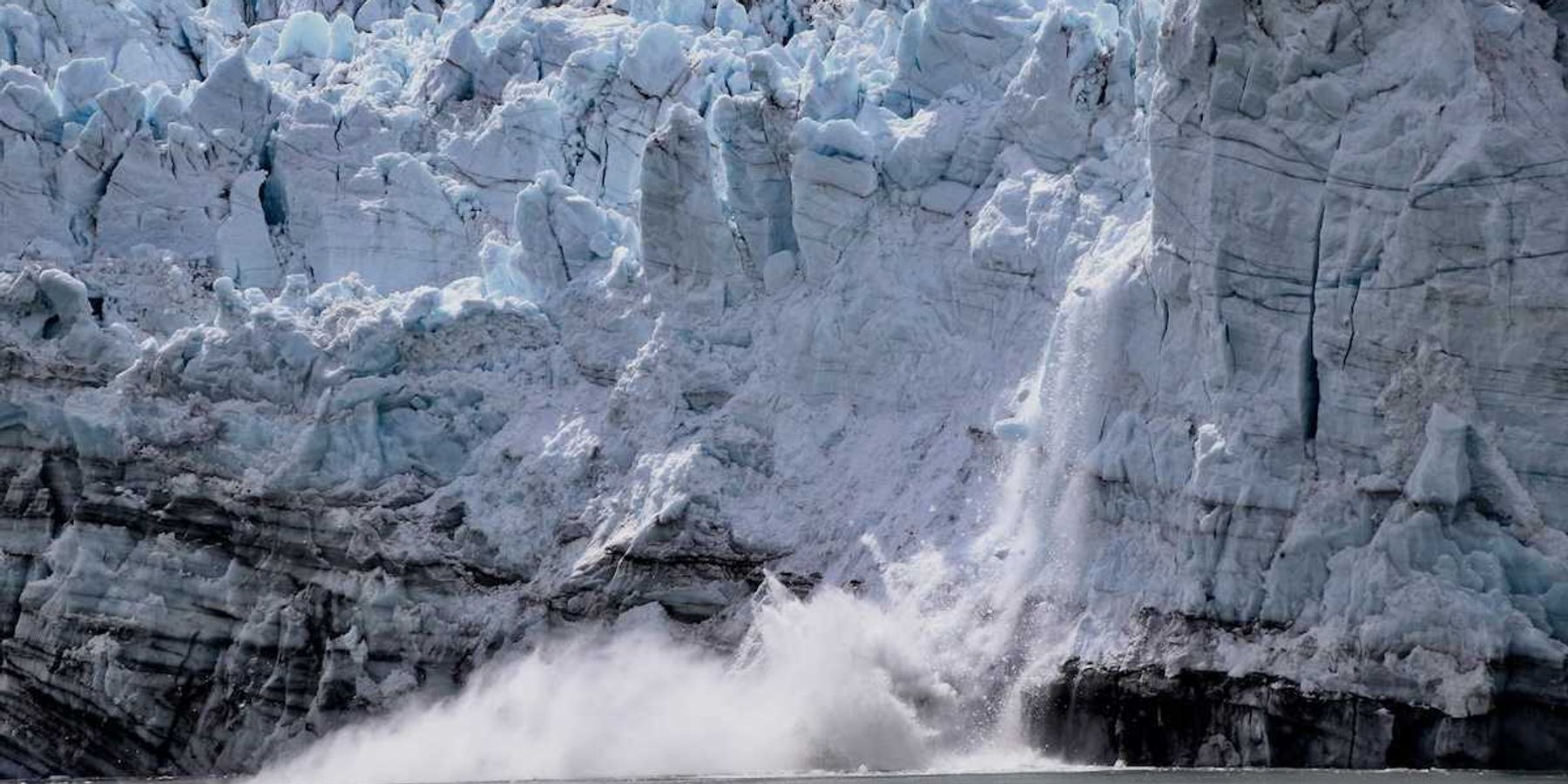Europe saw deadly floods, heatwaves, and record losses as climate risks intensified in 2024
Record-breaking heat, catastrophic flooding, and massive economic losses made 2024 one of the most damaging years yet for Europe as the continent warmed at twice the global rate.
Rosie Frost reports for Euronews.
In short:
- Climate disasters killed at least 335 people across Europe last year, affecting over 400,000 and costing an estimated €18 billion in damages.
- The Copernicus State of the Climate report shows Europe experienced its hottest year on record, with 45% of days much warmer than average and glaciers in Scandinavia and Svalbard suffering record ice loss.
- Extreme heatwaves, wildfires, and storms hit southeastern Europe hardest, while flooding devastated regions of Spain, Germany, Poland, and more, with Valencia alone reporting over 230 deaths in October.
Key quote:
“You only need to cast your mind back to the floods in Spain, the fires in Portugal, or the summer heatwaves last year to know how devastating this level of warming would be.”
— Dr Friederike Otto, senior lecturer, Centre for Environmental Policy and co-lead of World Weather Attribution at Imperial College London
Why this matters:
Climate change is hitting Europe faster and harder than almost anywhere else on Earth. Even small increases in temperature are pushing weather systems into more dangerous territory. That means more people exposed to lethal heat, more families displaced by floods, and more public infrastructure swept up in crisis. Climate scientists say Europe is headed toward 3°C of warming by 2100, triple the 1°C already wreaking havoc. And though many European cities are working on climate adaptation plans, those efforts lag behind the scale and pace of the problem.
Related: Medical schools in Europe to expand climate-related health training













